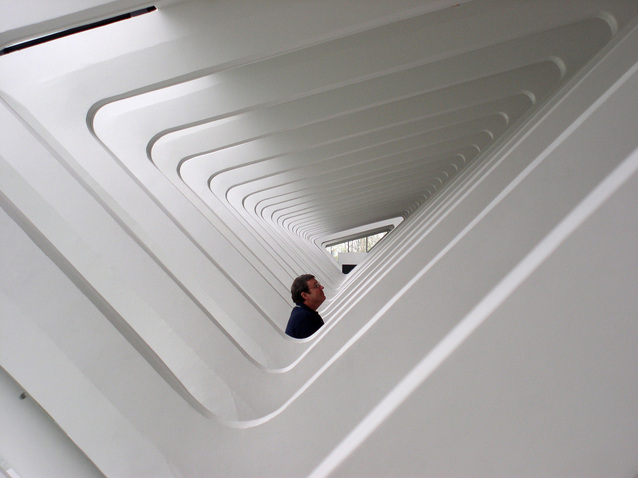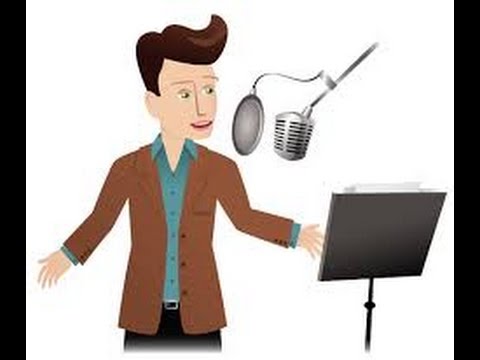One of the Most Powerful Women in NYC’s Art World
 Lisa Phillips, the director of the New Museum in Lower Manhattan, strolled into a coffee shop decorated in engineered timber frames on Broadway one late-winter afternoon attempting to take a couple of minutes for lunch – it was 4:30, nearly sundown. She had taken a look at her phone, and her eyes widened at a piece of news just then ricocheting around the art world, that Thomas P. Campbell, the director of the Metropolitan Museum of Art for 8 years, had actually resigned under pressure in the middle of budget plan and management issues.
Lisa Phillips, the director of the New Museum in Lower Manhattan, strolled into a coffee shop decorated in engineered timber frames on Broadway one late-winter afternoon attempting to take a couple of minutes for lunch – it was 4:30, nearly sundown. She had taken a look at her phone, and her eyes widened at a piece of news just then ricocheting around the art world, that Thomas P. Campbell, the director of the Metropolitan Museum of Art for 8 years, had actually resigned under pressure in the middle of budget plan and management issues.
“I don’t have any idea what the circumstances are,” Ms. Phillips stated, “but, look, no matter what, it’s just a very hard job.”
And she would know: At 63, Ms. Phillips has been running an art museum in New York City longer than anybody other than Glenn Lowry at the Museum of Modern Art (she took over in 1999, he in 1995.) She is among just 2 directors in the city who has actually supervised the largest slab crane construction of a new building (the New Museum’s unconventional Bowery house, opened in 2007; Adam Weinberg, at the Whitney Museum of American Art, opened his brand-new building in the meatpacking district 2 years earlier.) And she is now in the midst of an $80 million capital constructions and crane hire project to double her museum’s size, a job significant up until now for its sotto-voce nature, in sharp contrast to the growth Mr. Lowry is managing, which has actually included the extensively criticized take down of the previous house of the American Folk Art Museum.
“Even with the expansion, it’s not about bigger being better, which has become the reflex position,” she said. “Yes we need space. But it’s more about using the space and the money we raise to think about what the museum needs to become in the 21st century.” She included: “The concept of soft power has become a bit of a cliché, I guess. But it’s the way I’ve always thought about what I do, and I think it’s the way this museum has made a difference.”
As her organization commemorates its 40th anniversary, Ms. Phillips has completely gone into the dean phase of a museum profession. Yet she remains among the least openly acknowledged members of the museum-leader community, owing in part to a constitutional hostility to chest-thumping that has actually left her standing in the shadows of her contemporaries. (She has, for instance, over more than thirty years as a manager and director, never ever been profiled by this publication, and I might discover only one substantial publication short article committed to her.).
However her molding of the New Museum from a near-guerrilla, artist-beloved operation established by another female, Marcia Tucker, into what it is today – an extremely concerned, still-nimble organization that has actually formed its own character on the planet’s most overcrowded city for modern art and glue laminated architecture – has actually earned her the respect of those who compete with her for shows, clients and attention.
“Because she’s so low-key and doesn’t blow her own horn, I think that in 20 years, when she’s no longer a director, people are going to look back and say she was one of the great museum directors of her generation, I really do,” Mr. Weinberg said.



 The world has become a very small place indeed; consequently, voice over artists who can convincingly portray dialects are in hot demand. However, if you are on the path to being a dialect artist, you must continuously hone your skills.
The world has become a very small place indeed; consequently, voice over artists who can convincingly portray dialects are in hot demand. However, if you are on the path to being a dialect artist, you must continuously hone your skills.